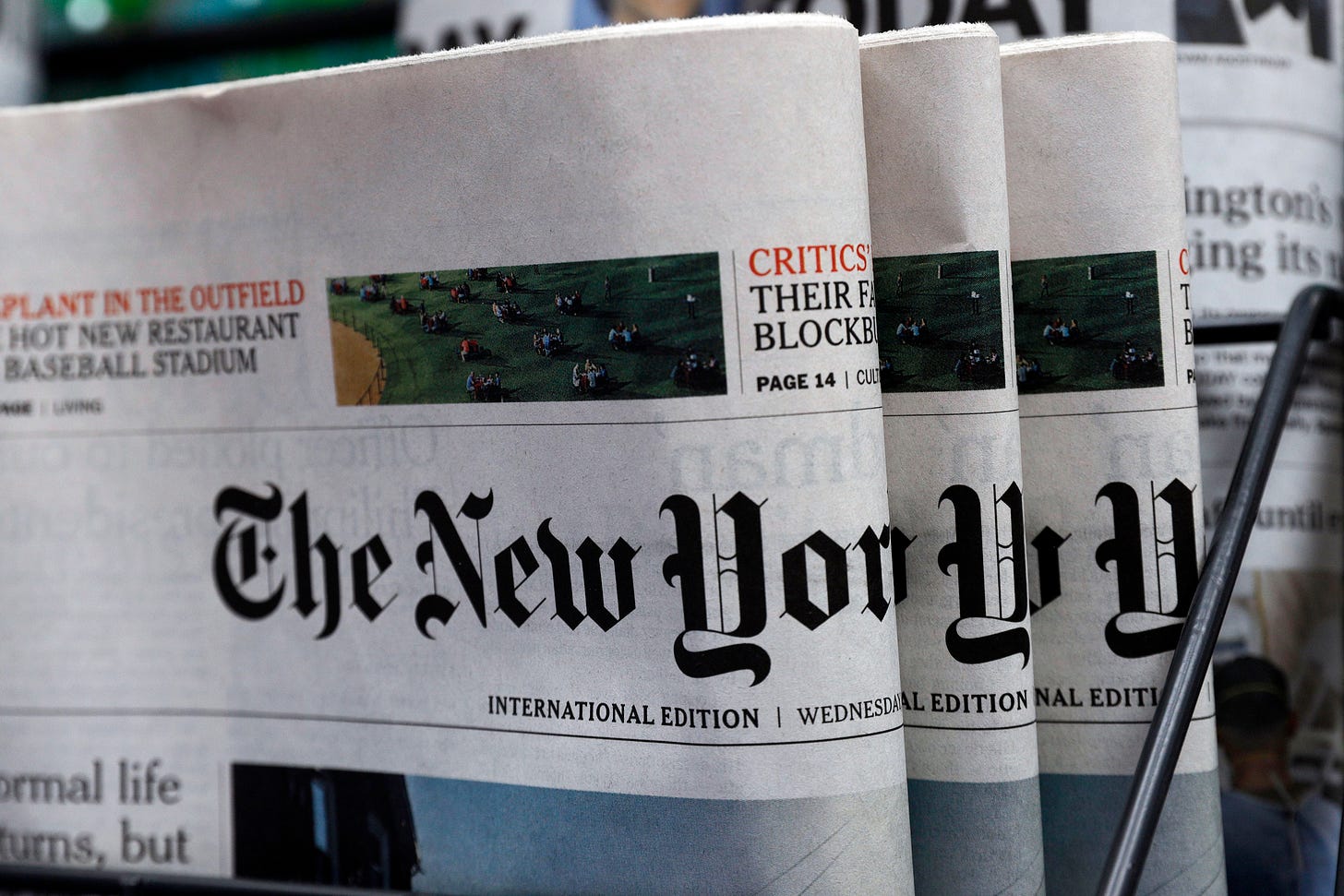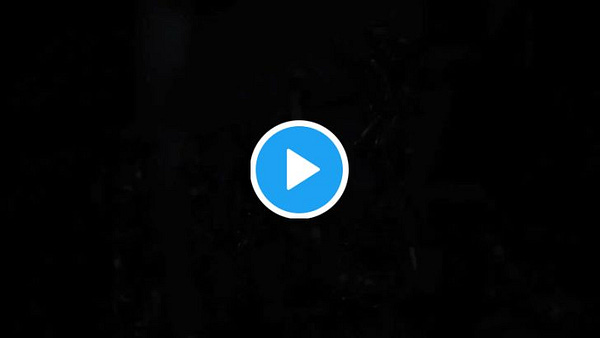
Related highlights:
Please enjoy the following, definitely-real ad from the anti-Trump Lincoln Project:
—
The New York Times is sounding the alarm this week over the alleged “propaganda feedback loop" in conservative media.
That this warning comes from the same newspaper that went hard into the paint promoting the Russian collusion conspiracy theory, even winning Pulitzers for its ultimately pointless efforts, is what some may call “ironic.”
“Conservative News Sites Fuel Voter Fraud Misinformation,” reads the headline to a New York Times report published on Oct. 25, its subheads adding, “Breitbart, The Washington Examiner and others amplify false claims of rampant cheating in what a new Harvard study calls a ‘propaganda feedback loop.’”
The report goes on, amplifying a recent Harvard University study that complains that “tens of millions of Americans believe” voter fraud is real “despite the consensus among independent academic and journalistic investigations” that it “is rare and extremely unlikely to determine a national election.”
For this supposed misconception, we have conservative media to blame, the study’s researchers and the New York Times grouse. But what, exactly, did the Washington Examiner do to find itself accused of participating in a “disinformation campaign” (the Harvard study is deliberate with its distinction between “disinformation” and “misinformation”)?
Here is how the New York Times describes it: “In August, The New York Post published an article that relied on one anonymous source, identified as a Democratic operative, who claimed that he had engaged in voter fraud for decades. … Washington Examiner posted their own versions of the article.”
It is true. The New York Post, which the Harvard researchers refer to none-too-subtly as a “Murdoch-owned tabloid,” published a report on Aug. 29 titled “Confessions of a voter fraud: I was a master at fixing mail-in ballots.” The Washington Examiner published an article on Aug. 30 detailing the allegations laid out by the New York Post. That same Washington Examiner report, by the way, also cites the New York Times.
If this is all it takes for the Washington Examiner to be guilty of participation in a “disinformation campaign,” then every newsroom in the world is guilty of the same.
As a quick aside: The Harvard study cites disgraced newsman Dan Rather, CNN’s histrionic Jim Acosta, and Media Matters as authoritative sources of real news, in case you were wondering what the researchers consider trustworthy.
The New York Times’s report on the “propaganda feedback loop” continued, attacking the Washington Examiner for a second time:
Last month, sites including The Gateway Pundit, The Washington Examiner and Breitbart followed a report from a Fox affiliate in Wisconsin about mail that had been found in a ditch and reportedly included absentee ballots. The story was promoted by the Trump adviser Jason Miller; the White House press secretary, Kayleigh McEnany; the Fox News host Tucker Carlson; and the president himself.
This is also true. A Fox News Wisconsin affiliate reported on Sept. 23 that absentee ballots were found discarded in a ditch along a highway. That same day, the Washington Examiner published a report citing the affiliate’s original reporting. Later, when a Wisconsin election official clarified that none of the discarded mail included mail-in ballots, the Washington Examiner reported that, too.
On a related note, the New York Times itself published a report on Oct. 26 titled "Inside Decades of Nepotism and Bungling at the N.Y.C. Elections Board." No word yet on whether the paper is likewise complicit in the “propaganda feedback loop."
Look, the issue of the intersection of establishment media and disinformation is an important one, and one would be hard-pressed to find a better example of the marriage of the two than the newsroom that led the charge on the Steele dossier, the Russian collusion narrative, and the weapons of mass destruction canard. Indeed, any news outlet that engages in stove-piping (i.e., “officials using the press to 'confirm' information the officials themselves fed the reporter”) as often as the New York Times has no room to accuse anyone else of sponsoring disinformation.
And this is to say nothing of the New York Times’s continued defenses of its fraudulent 1619 Project, the entire premise of which is predicated on an intentional, premeditated lie; this is to say nothing of when the New York Times’s editorial board in 2017 repeated the long ago-debunked lie that former Alaska Gov. Sarah Palin inspired a 2011 mass shooting in Tucson, Arizona; this is to say nothing of when the New York Times promoted the bizarre conspiracy theory alleging that the White House had recorded a video inside a studio and digitally manipulated it to make it appear as if it was recorded on the White House lawn; this is to say nothing of the New York Times publishing Chinese communist agitprop; this is to say nothing of the New York Times publishing Taliban agitprop; this is to say nothing of the New York Times publishing Soviet agitprop.
Well, maybe you get the picture.
When it comes to the press and disinformation, maybe sit this one out, Gray Lady.






“tens of millions of Americans believe” voter fraud is real “despite the consensus among independent academic and journalistic investigations” that it “is rare and extremely unlikely to determine a national election.”
Where exactly does one begin? Let's go with "consensus" once again being re-defined. Even if the consensus is accurate and fraud is "rare," that does not discredit the belief that it is also real. Rare things are still things, no?
'Extremely unlikely' based on what? 2000, '04, and '16 were all very close elections. We've seen state and congressional offices tip on 'ballot harvesting,' which defying all statistical odds, always benefits the Dem candidate. You don't need too many instances of that to impact a key state and sway the national outcome.